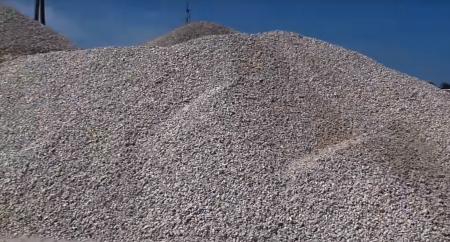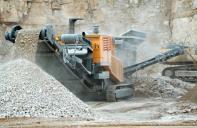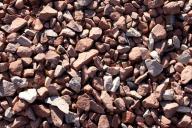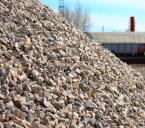Dolomite rubble
Category:
#2545
Description
Crushed stone is produced from dolomite, a sedimentary rock. The main component is calcium carbonate, the content of which varies depending on the place of extraction of the stone. Iron hydroxide and clay give it a yellowish tint. And oxides of manganese, barium, and strontium make it bluish-gray. At the break, the surface of the stone is either matte, mother-of-pearl, or glass.
Production begins with the extraction of minerals. It is mined in quarries using the explosive method. The resulting large fragments are loaded into dump trucks and delivered to the processing plant. Here, the stone is crushed in special crushers until the desired particle size is reached, and then sieved through sieves. This is how the grains are divided by size. Additionally, the granules are treated with chemicals to increase their resistance to temperature changes. This significantly increases the service life of products and bases created using such crushed stone.
The advantages of these products include
a low level of radioactivity, which increases the safety of using crushed stone not only during construction work, but also when performing interior decoration of buildings, including rooms where children attend schools, kindergartens, and so on.;
durability, frost resistance, although these indicators are lower than those of granite crushed stone;
low water absorption;
cost savings in road construction due to low bulk density;
increased binding properties due to the rough surface of the grain faces; this contributes to better bonding with other components of the mixtures, and also reduces the cost of purchasing binders during road construction.;
decorative: a variety of shades helps to use crushed stone for decoration – inside and outside buildings;
low price, which reduces the cost of building structures and roads.
Characteristics and properties
Dolomite crushed stone is produced in accordance with the requirements of the state standard GOST 8276-93. It differs in the corresponding technical characteristics.
The strength of the M1200 brand. This is lower than that of granite rubble.
The indicator of bulk density (volume specific gravity) is 1300-1400 kilograms per cubic meter. This is an important parameter that is taken into account when choosing a filler for a concrete mix, as well as when determining the cost of transporting the product.
The true density level (without taking into account the distances between the granules) is 2,650 kilograms per cubic meter.
Hazelwood is the percentage of presence of grains of needle–shaped and lamellar configurations, for this crushed stone it is 10-35 percent. For the preparation of building mixes, a product is used, the bream content of which varies from 10 to 15 percent. Crushed stone with higher values is suitable for road construction.
The frost resistance of such products reaches F150. To increase the resistance to freezing and thawing, the grains are treated chemically – immersed in a solution of phosphoric acid salts.
The proportion of dust particles is up to 0.25%. This is a small percentage.
The properties of dolomite crushed stone also include good adhesion when interacting with other components such as cement, gypsum, petroleum bitumen, and acrylic polymer. This explains the demand for this product in the manufacture of concrete, as well as in the role of filling before laying roofing material.
Areas of application
The area in which this product is used is determined by the fraction – the size of the granules.
5-20 millimeters – fine-grained crushed stone, which is added to concrete mixes of grades M100-M300. Such concrete is used in the construction of strip and pile type foundations, and in the creation of self–leveling floors in workshops for the installation of heavy industrial equipment. It is used to produce reinforced concrete products that do not experience heavy loads during operation, as well as small objects. Crumbs from this mineral can be seen in the design of landscapes and facades. It is in demand in interior design due to the variety of colors. Crushed stone can have beige, gray, yellow, pink and other shades.
20-40 millimeters. The medium-fractional product is used in the construction of a monolithic foundation, grillings for a columnar foundation are made from it. Paths and playgrounds are sprinkled with it. It is used to create embankments and a ballast layer when laying railway tracks, forming cushions for laying paving slabs and asphalt concrete. Such crushed stone is used to enrich sand-gravel mixtures, which are subsequently used in the construction of foundations and pavement of dirt roads.
40-70 millimeters. Coarse-grained crushed stone acts as a filler for heavy-duty concrete. Large facilities are built from such concrete mixtures, and they are used in the construction and repair of highways.
Crushed stone with different sizes of granules is also used in the planning of plots, in landscaping works on private and public territories. The product is used in metallurgy and glass production.
Products whose grain size is from 0 to 5 millimeters are called crumbs. In the glass industry, it is added to the initial mixture to increase the resistance of glass to high temperatures. In agriculture, it is used as a soil oxidizer to create favorable conditions for the growth of garden and vegetable crops. It is also used in the printing industry. In the production of dry finishing and building mixes, crumbs are also in demand. It is used in the decoration of rooms and facades, in landscape design.
Product overview on the website
If you are interested in dolomite crushed stone, you can buy it through our catalog on the website. Here you will find various non-metallic materials indicating the cost and characteristics. We offer fast delivery and convenient order options. For more information, please contact our contacts. If you need to find information on specific species, for example, limestone or screening, use the site map.
Production begins with the extraction of minerals. It is mined in quarries using the explosive method. The resulting large fragments are loaded into dump trucks and delivered to the processing plant. Here, the stone is crushed in special crushers until the desired particle size is reached, and then sieved through sieves. This is how the grains are divided by size. Additionally, the granules are treated with chemicals to increase their resistance to temperature changes. This significantly increases the service life of products and bases created using such crushed stone.
The advantages of these products include
a low level of radioactivity, which increases the safety of using crushed stone not only during construction work, but also when performing interior decoration of buildings, including rooms where children attend schools, kindergartens, and so on.;
durability, frost resistance, although these indicators are lower than those of granite crushed stone;
low water absorption;
cost savings in road construction due to low bulk density;
increased binding properties due to the rough surface of the grain faces; this contributes to better bonding with other components of the mixtures, and also reduces the cost of purchasing binders during road construction.;
decorative: a variety of shades helps to use crushed stone for decoration – inside and outside buildings;
low price, which reduces the cost of building structures and roads.
Characteristics and properties
Dolomite crushed stone is produced in accordance with the requirements of the state standard GOST 8276-93. It differs in the corresponding technical characteristics.
The strength of the M1200 brand. This is lower than that of granite rubble.
The indicator of bulk density (volume specific gravity) is 1300-1400 kilograms per cubic meter. This is an important parameter that is taken into account when choosing a filler for a concrete mix, as well as when determining the cost of transporting the product.
The true density level (without taking into account the distances between the granules) is 2,650 kilograms per cubic meter.
Hazelwood is the percentage of presence of grains of needle–shaped and lamellar configurations, for this crushed stone it is 10-35 percent. For the preparation of building mixes, a product is used, the bream content of which varies from 10 to 15 percent. Crushed stone with higher values is suitable for road construction.
The frost resistance of such products reaches F150. To increase the resistance to freezing and thawing, the grains are treated chemically – immersed in a solution of phosphoric acid salts.
The proportion of dust particles is up to 0.25%. This is a small percentage.
The properties of dolomite crushed stone also include good adhesion when interacting with other components such as cement, gypsum, petroleum bitumen, and acrylic polymer. This explains the demand for this product in the manufacture of concrete, as well as in the role of filling before laying roofing material.
Areas of application
The area in which this product is used is determined by the fraction – the size of the granules.
5-20 millimeters – fine-grained crushed stone, which is added to concrete mixes of grades M100-M300. Such concrete is used in the construction of strip and pile type foundations, and in the creation of self–leveling floors in workshops for the installation of heavy industrial equipment. It is used to produce reinforced concrete products that do not experience heavy loads during operation, as well as small objects. Crumbs from this mineral can be seen in the design of landscapes and facades. It is in demand in interior design due to the variety of colors. Crushed stone can have beige, gray, yellow, pink and other shades.
20-40 millimeters. The medium-fractional product is used in the construction of a monolithic foundation, grillings for a columnar foundation are made from it. Paths and playgrounds are sprinkled with it. It is used to create embankments and a ballast layer when laying railway tracks, forming cushions for laying paving slabs and asphalt concrete. Such crushed stone is used to enrich sand-gravel mixtures, which are subsequently used in the construction of foundations and pavement of dirt roads.
40-70 millimeters. Coarse-grained crushed stone acts as a filler for heavy-duty concrete. Large facilities are built from such concrete mixtures, and they are used in the construction and repair of highways.
Crushed stone with different sizes of granules is also used in the planning of plots, in landscaping works on private and public territories. The product is used in metallurgy and glass production.
Products whose grain size is from 0 to 5 millimeters are called crumbs. In the glass industry, it is added to the initial mixture to increase the resistance of glass to high temperatures. In agriculture, it is used as a soil oxidizer to create favorable conditions for the growth of garden and vegetable crops. It is also used in the printing industry. In the production of dry finishing and building mixes, crumbs are also in demand. It is used in the decoration of rooms and facades, in landscape design.
Product overview on the website
If you are interested in dolomite crushed stone, you can buy it through our catalog on the website. Here you will find various non-metallic materials indicating the cost and characteristics. We offer fast delivery and convenient order options. For more information, please contact our contacts. If you need to find information on specific species, for example, limestone or screening, use the site map.
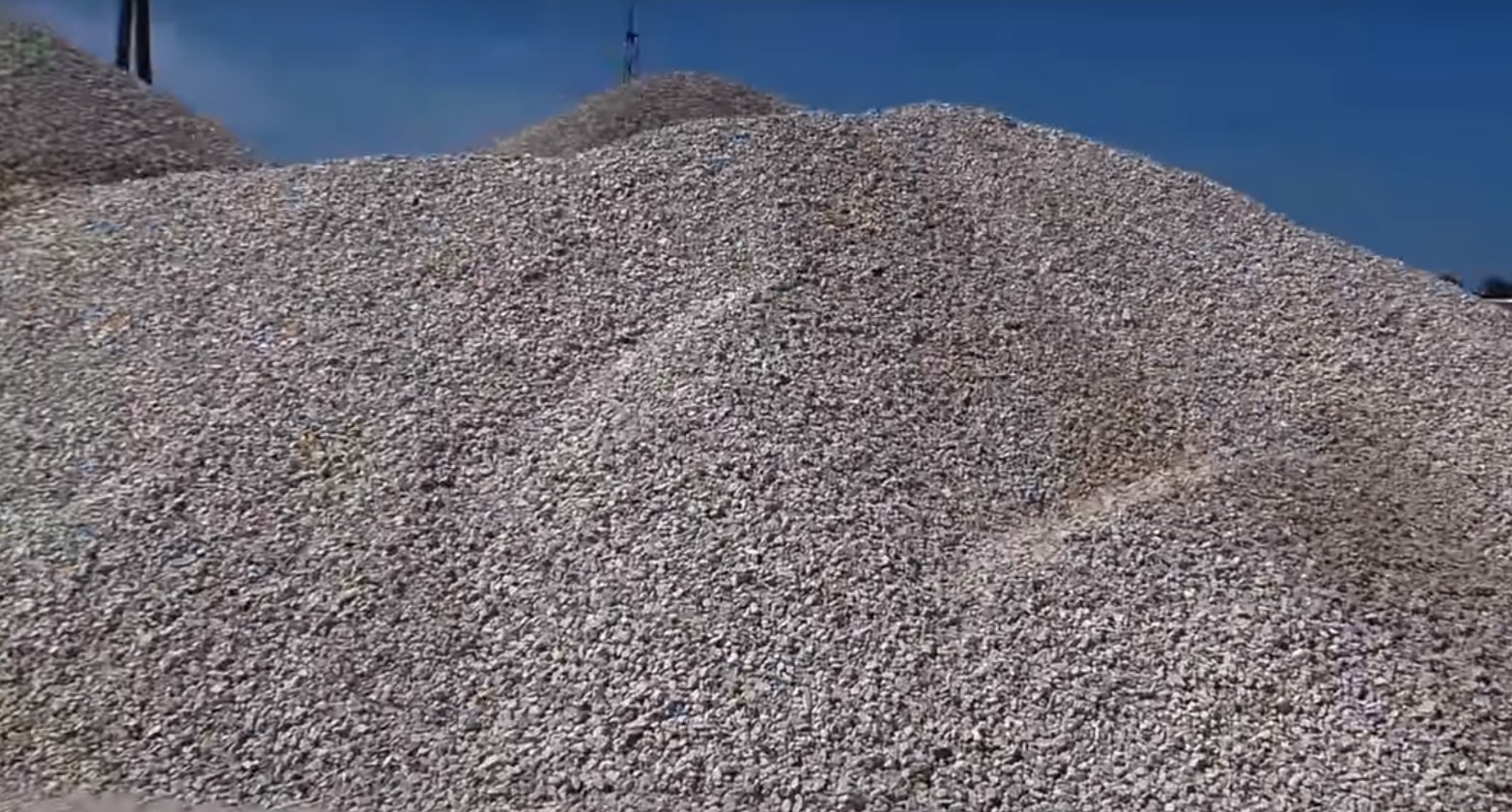
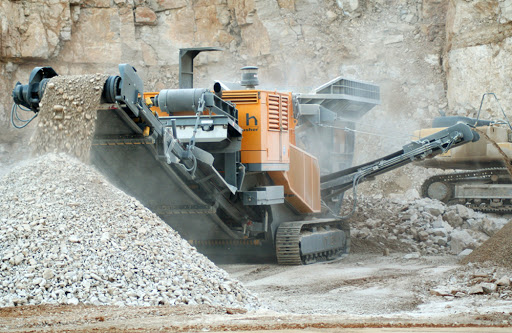
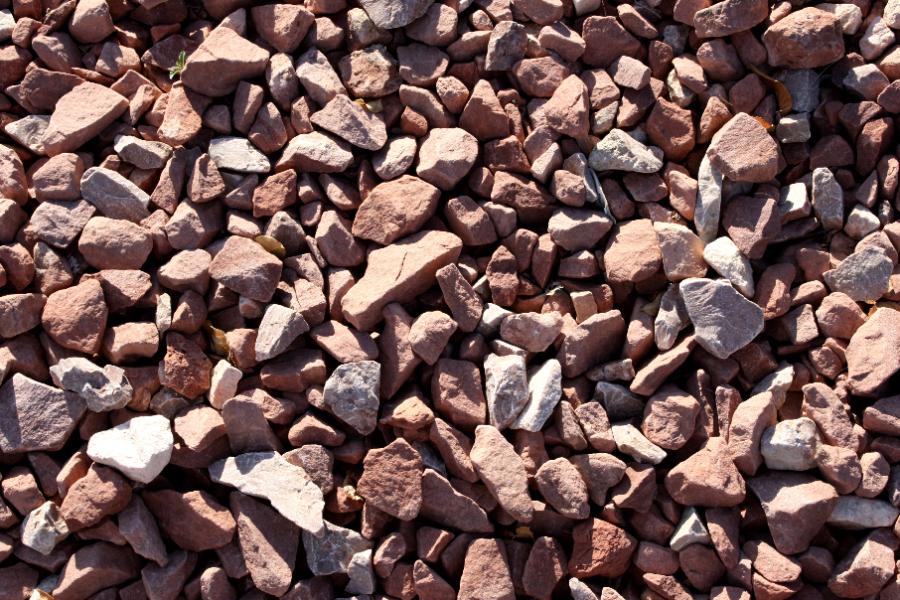
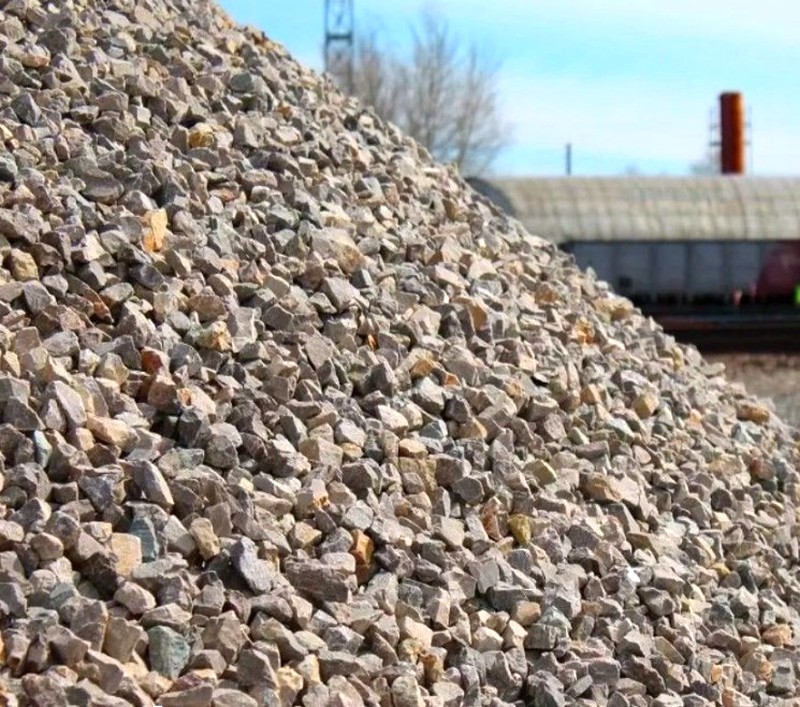
Email
Phone number
Connection will be made via internet - no charges apply. Microphone access required.
Adding to Favorites
Your comment:

